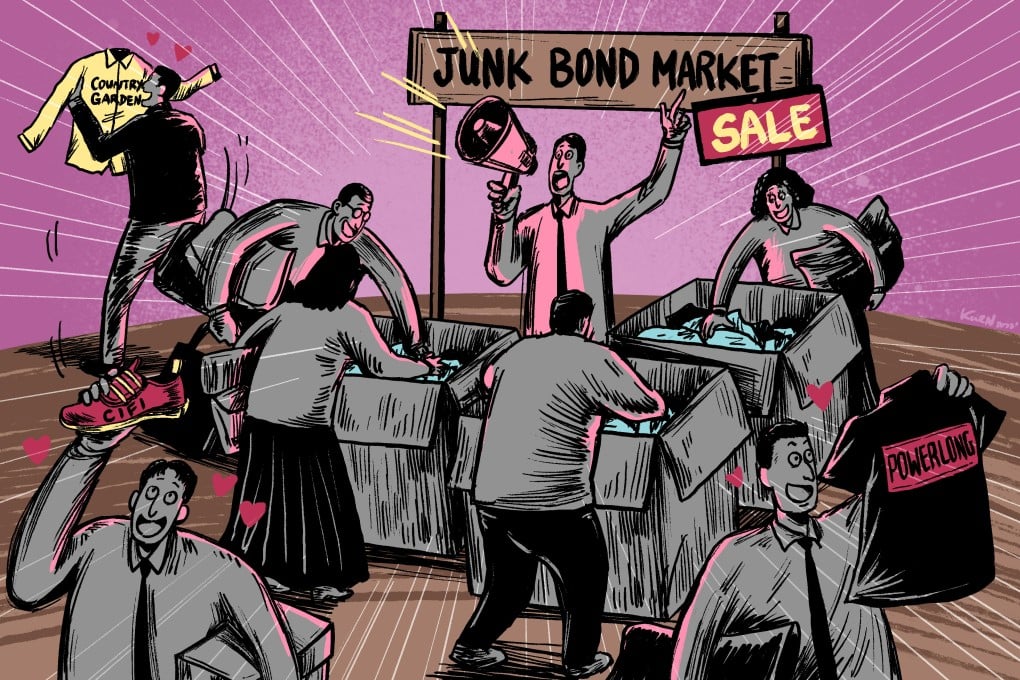China property: junk-bond party has begun as December rush delivers windfall, leaves Nomura, Goldman at risk of missing the boat
- Chinese high-yield dollar bonds surge 28.5 per cent over the past month as Beijing’s ‘three-arrow programme’ powers turnaround
- Investors hope China’s reopening and Fed’s policy pivot will allow junk-graded borrowers to access offshore bond market again next year

A combination of property stimulus, state-ordered financing lifelines and zero-Covid pivot is lifting months of gloom surrounding the biggest part of Asia’s credit market. Some investors are not waiting for a rebound in home sales, fund inflows or a full China reopening to jump in.
“People couldn’t even catch up with the price jumps,” said Chung, an executive director and money manager at the Hong Kong hedge fund. “We are talking about a rapid rally within one week or so. On a day when bonds are rising, you need to add a 5 per cent premium to the prices you see on the screen to outbid other buyers.”

Chung has bulked up his portfolio by about US$10 million worth of purchases from zero within a month, saying his requests to buy bonds were often met with replies of “no inventory” from brokers. Investors should catch the market rebound early as Beijing seeks to alleviate a credit crunch in the sector.
The early bond party puts credit analysts at Nomura Holdings, Goldman Sachs and Morgan Stanley at risk of missing the boat with their defensive, neutral or underweight stances on Chinese property bonds in their 2023 strategies. There is room for optimism as some high-yield bonds are “over-penalised”, according to JPMorgan Chase.